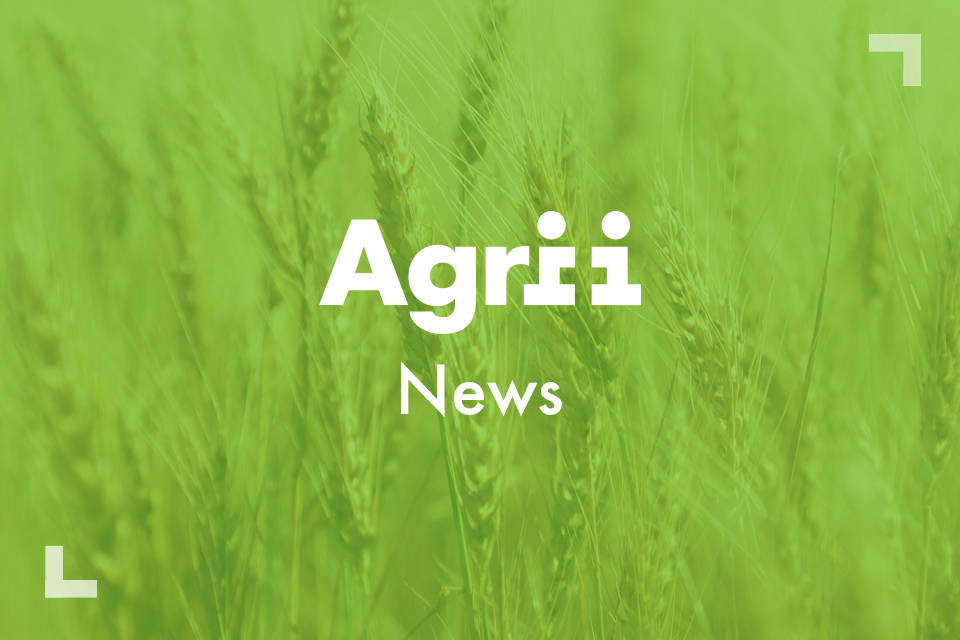
Agronomy update from around the UK
News - 11.07.24
As harvest begins, Agrii agronomists across the country reflect on cereal crops and give their latest thoughts on potato, sugar beet and fruit agronomy.
East
Paul Dunham, Norfolk
Cereal crops look well ahead of harvest. However, we have concerns about the amount of sunshine at grain fill, and we expect bushel weights to be down.
Disease control has been a challenge, particularly in certain varieties. Controlling brown rust in Crusoe and Septoria in Skyscraper especially. Despite this, we are happy with the results of disease control programmes. The key has been to keep intervals tighter, not letting these extend beyond three weeks between each fungicide timing.
We are managing more spring barley this season than usual. Our initial fears were that it would not be a very tall crop. It has moved along well since then, and we expect average yields.
Sugar beet looks promising, especially crops established in good time and on well-drained land. As the crop canopy closes, our focus has moved from herbicide programmes to the first fungicides.
We began the first fungicide sprays in the third week of July before the disease had a chance to take hold. Our primary considerations are powdery mildew and rust, and cercospora is always in the back of our minds.
The first fungicide sprays will be based around Angle (azoxystrobin + difenoconazole) plus Innocul8, which is an interesting new biostimulant that we have found boosts the plant’s ability to withstand disease and abiotic stress. We had some success trying Revysol (mefentrifluconazole) on sugar beet last season and plan to look at it further this year, but this will be planned for second sprays.
Potato crops are similar to sugar beet. Overall, they look good, but the quality of the establishment in the spring has played a large part in their prospects.
We only have main crop potatoes, and so far, we haven’t seen much blight. However, we hear how early crops elsewhere in Norfolk are struggling under the pressure. Blight spray intervals are being kept at seven days, which we will maintain.
Those crops destined for storage received an application of Fazor (maleic hydrazide) at the end of July.
Winter beans seem very tall this year, with podding a bit sporadic. Spring beans are shorter. There have been a lot of problems with black bean aphid this year, which we have had to keep a close eye out for.
Unsurprisingly, considering the weather, chocolate spot is coming into crops. We will be applying fungicides to manage this up until harvest. Similarly, some fields of beans and peas have seen high levels of root rot, which is not unexpected given how waterlogged some fields have been.
West
Sarah Hookway, Warwickshire

The later drilled and patchy wheat crops have turned out much better than we expected. They have tillered and filled out well. Spring barley prospects are mixed, but good-looking crops are not hard to find
Disease pressure has been high all spring. Brown rust has romped away in varieties like Crusoe, and we have seen a bit in Champion at a later stage. T0s have been critical to keep on top of disease control this year, especially as applications have been delayed by poor weather. Those crops that had one have been a lot cleaner throughout the spring. It is often said that T0 does not always provide a yield benefit, but we expect this year will be different.
Where farmers want to reduce their fungicide applications to just two, we usually recommend growing Extase to help us manage disease levels. However, this year, Extase has struggled with yellow rust. It could be that we are seeing a new strain of the disease. Next season, we may need to include a T0 or anticipate a change to newer varieties.
Oilseed rape desiccation happened in the middle of July. Crops locally look full of potential, with plenty of pods that have filled well. Some crops on brashier soil were harvested in early July. However, we don’t expect harvest to differ much from normal for most crops.
North
Douglas Bain, Angus

Potato crops are keeping us very busy at the moment. On average, they are two to three weeks behind a typical year. We expect yields to be back because of the later plantings and slower growth due to cold weather.
After such a wet start to the year, potato beds went very dry at the beginning of July. We irrigated some, but the capped surface meant the water didn’t always end up where it should.
Blight sprays ranged from seven to four completed at the start of July, depending on the planting date. Blight pressure is yet to build up, but we are maintaining robust programmes because of the threat.
Spring barley looked great at the end of May, but it has gone backwards in the colder weather in June and needs sunshine. Earlier sown wheat crops are fantastic, but anything sown from October onwards has struggled through the season after such challenging conditions for establishment. This is especially true for anything following potatoes.
Disease control in winter wheat has been a challenge. T1s based on Revysol (mefentrifluconazole) and Imtrex (fluxapyroxad) worked well. T2s were a mix of Univoq (fenpicoxamid) and Solatenol (benzovindiflupyr). We were concerned at the start of June, but they just held on under tremendous pressure.
Early drilled Skyscraper has been especially tricky to keep free of disease, and Dawsum has suffered terribly from Ascochyta. We expect a change in the varieties grown next season, with Bamford being in high demand this summer.
We are struggling to get a feel for the prospects of oilseed rape crops. It has looked good all season but is very short, and we are still determining the extent of the podding through the canopy. We won’t have to wait long to find out.
South
Ryan Williams, Kent (top and stone fruit)

South
Ryan Williams, Kent (top and stone fruit)
Every year poses challenges, but when we have a mild winter like we had, combined with continued wet weather and high pest pressure last season, it has made this year challenging. Right from the get-go, we have been running ten to fourteen days ahead of last year, which has kept us busy since February.
Rainfall and high winds have limited spraying windows and increased disease and pest pressure.
Scab is ever-present, and the conditions have been conducive to its development this season. Last season’s pressure has exacerbated the apple scab threat. It was the worst year agronomists here have ever known for scab, leaving plenty of inoculum to carry over the winter.
Buds started to open at the end of February, about two weeks earlier than usual, meaning the scab risk period began sooner this season. We maintain a robust tight interval spray programme throughout the growing year to protect the new tissue with alternative modes of action, particularly for the more susceptible varieties. Programmes were particularly robust at the start of spring because of the carry-over from last year.
Codling moth pressure has also been very high, which we put down to the mild winter and a partial second generation late last summer. We’ve had growers contact us to say they have had counts of 150 moths when the threshold is five or more in a period of two consecutive weeks. We have never seen anything like that.
Programmes to control coddling moths began in June, and we will keep them robust because of the pressure growers face.
Later stone fruit crops will need to be monitored for spotted wing drosophila (SWD), particularly on farms growing a mixture of varieties with different maturities. We strongly encourage growers to maintain good hygiene practices when harvesting early crops to reduce pressure later in the season but are prepared to step in where needed.
Despite the challenges, we have been encouraged by how crops have responded to good crop management and are optimistic for harvest.
Join Our Community

Agrii X
We love engaging with clients and partners. Give us a follow and let's share stories for the community.

Agrii Instagram
A picture paints a thousand words. Follow us on Instagram to see what we are up to.

Agrii Facebook
Follow us on the worlds biggest social media site for the latest news and events straight to your feed.

Agrii LinkedIn
If you are all about the business, connect with us on LinkedIn to build your network
Stay In Touch

Journal Sign-Up
Receive email updates on topical news and information from around Agrii and UK Farming.

Listen To Our Podcasts
Listen to the Tramlines Podcast. Fortnightly chat about agriculture and trials with your host Tony Smith.

Agrii Insights
Read essential agri intelligence for profitable farming.

Find an Event
Join us for our upcoming events and tours.



